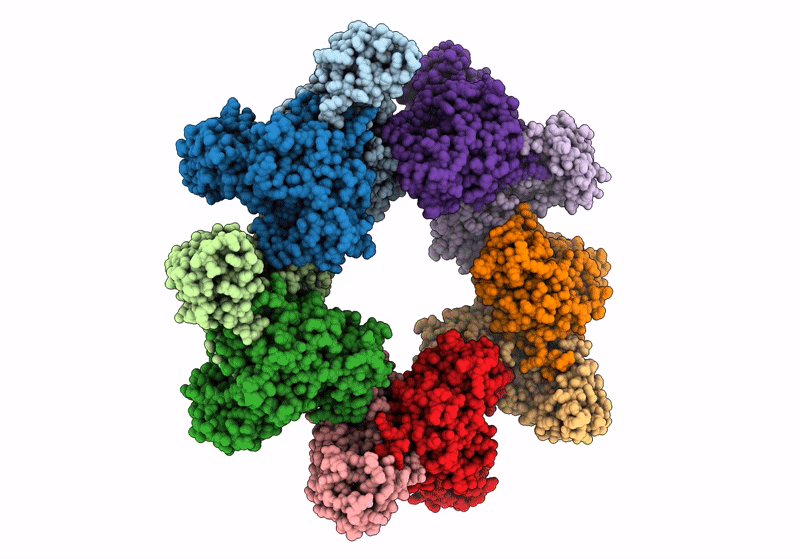
Deposition Date
2023-11-16
Release Date
2024-04-24
Last Version Date
2024-06-26
Method Details:
Experimental Method:
Resolution:
2.69 Å
Aggregation State:
PARTICLE
Reconstruction Method:
SINGLE PARTICLE


